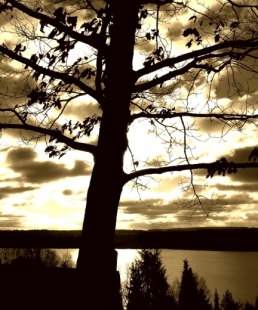By Angus Macmillan.
Conservationists and nurseries have been quick to claim that the spores of chalara fraxinea, which is the fungus causing Ash Dieback, could have blown over from mainland Europe but are very quiet about their role in planting diseased trees from the same source.
They have known for around six years that Ash Dieback was widespread in Europe but are now blaming government for not introducing a ban earlier in the hope they will be compensated or get grants for replanting from the hard pressed public purse.
Considering the vague media references to where the diseased plantings took place and what organisations owned the woodlands, I decided to make a Freedom of Information request to the Forestry Commission to reveal this information in detail.
They replied saying, they were not prepared to release this information at this time and that, whilst it might be of interest to the public, it was not in the public interest to divulge locations and owner organisations as it could deter other owners from reporting the disease. The Forestry Commission obviously has a poor opinion of those who plant trees and possibly quite rightly so.
Following a newspaper report that the Woodland Trust “is one of Britain’s biggest importers of ash” – and they call them “native” trees – had at least two infected properties, I emailed them to ask how many of their woodlands had Ash Dieback. Unsurprisingly, they didn’t reply.
So there we have it. Up to 80 million ash trees are at risk from disease but the Forestry Commission is quite prepared to protect its tree-planting buddies from criticism, in what must be one of the most scandalous environmental introductions from abroad by those who have been advocating the destruction of “alien” populations of both flora and fauna for years.
And it’s not in the public interest to reveal who they are?
The “con” in conservation is truly exposed.
Further reading – The_Rise_and_Fall_of_Biotic_Nativeness_- A_Historical_Perspective
